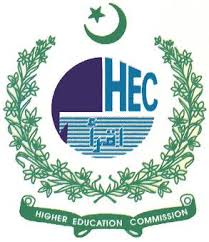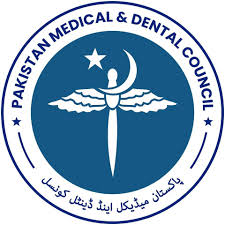Spectrum of soft tissue sarcomas: Experience of surgery at a tertiary care referral hospital in Central Lahore
DOI:
https://doi.org/10.37018/ANMR.0901Keywords:
Soft Tissue Sarcoma, Presentation, Resection, Histology, OutcomeAbstract
Background: Soft tissue sarcomas (STS) are malignant tumours arising from mesenchymal tissue, comprising <1% of all the tumours of the human body and represent the second most common type of solid tumours in children and adolescents. Surgical resection is considered the mainstay of treatment, supported by multimodal therapies including chemotherapy and radiotherapy. Resource-limited countries, like Pakistan, face additional challenges due to inadequate resources. This study presents the experience of management of soft tissue sarcomas presenting to a tertiary care hospital in Central Lahore.
Patients and methods: This was an observational study conducted in Surgical Unit I of Sir Ganga Ram Hospital Lahore from January 2017 till June 2022. American Joint Committee on Cancer (AJCC) staging system and Fédération Nationale des Centres de Lutte Contre le Cancer (FNCLCC) resection classification was applied. Surgical treatment including R0, R1 and R2 resections were carried out. SPSS 23 version was used for statistical analysis of collected data.
Results: A total of 36 patients; 24 male (66.7%) and 12 females (33.3%) were included. Anatomical site involvement was observed as 23 (63.8%) limb sarcomas and 13 (36.1%) trunk sarcomas. Out of 36 patients, 20 (55.6%) patients were staged as stage II, 11 (30.5%) patients as stage III and 5 (13.9%) as stage I. Total 17 (47.2%) patients underwent wide excision, 13 (36.1%) patients underwent limited excision, 4 (11.1%) patients underwent compartmental excision and 2 (5.6%) patients underwent palliative excision. Recurrence was observed in 8 patients for which palliative 2 (5.6%), limited 3 (8.3%) or potentially curative resection 3 (8.3%) was performed.
Conclusion: Thigh was the commonest site of involvement in extremity sarcomas. Retroperitoneal sarcomas were most frequent among trunk tumours. Leiomyosarcoma was the most common histopathological diagnosis followed by malignant peripheral nerve sheath tumours. Most of the patients presented with stage II disease. Resectional surgery, whether curative or palliative, was found to be the management modality of choice. Rhabdomyosarcoma most frequently recurred within 6 months of potentially curative surgery (R1), most likely due to compromised initial resection.
Downloads
Published
How to Cite
Issue
Section
License
The Journal of Fatima Jinnah Medical University follows the Attribution Creative Commons-Non commercial (CC BY-NC) license which allows the users to copy and redistribute the material in any medium or format, remix, transform and build upon the material. The users must give credit to the source and indicate, provide a link to the license, and indicate if changes were made. However, the CC By-NC license restricts the use of material for commercial purposes. For further details about the license please check the Creative Commons website. The editorial board of JFJMU strives hard for the authenticity and accuracy of the material published in the journal. However, findings and statements are views of the authors and do not necessarily represent views of the Editorial Board.

















